Home>Articles>How To Prevent Calcium Buildup In Water Heater
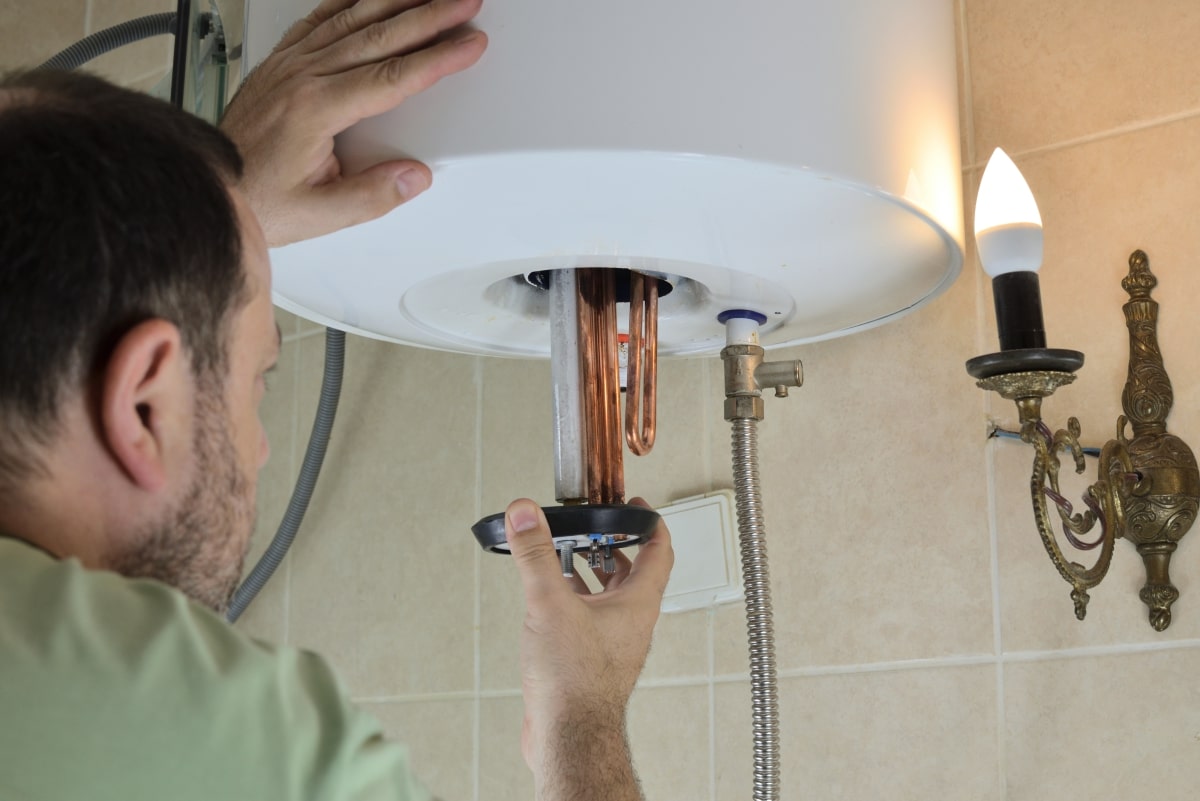

Articles
How To Prevent Calcium Buildup In Water Heater
Modified: February 22, 2024
Discover effective articles on how to prevent calcium buildup in your water heater and keep it running efficiently. Implement these tips to extend the lifespan of your water heater.
(Many of the links in this article redirect to a specific reviewed product. Your purchase of these products through affiliate links helps to generate commission for Storables.com, at no extra cost. Learn more)
Introduction
Welcome to our guide on how to prevent calcium buildup in water heaters. Calcium buildup, also known as limescale, can be a common and frustrating problem for homeowners. Over time, minerals and sediments in the water supply can accumulate in the water heater, leading to reduced efficiency, increased energy consumption, and even premature wear and tear on the appliance.
In this article, we will explore the causes and effects of calcium buildup in water heaters, as well as provide practical tips and preventive measures to keep your water heater functioning optimally. By implementing these strategies, you can extend the lifespan of your water heater, reduce energy costs, and ensure a reliable supply of hot water for your household.
Let’s dive into the details and understand how calcium buildup occurs and the signs to look out for.
Key Takeaways:
- Regular maintenance, including flushing the water heater and checking the anode rod, is crucial for preventing calcium buildup. These tasks help maintain efficiency and extend the lifespan of your water heater.
- Consider using a water softener or scale inhibitor to combat calcium buildup in areas with hard water. These solutions can reduce energy consumption, improve efficiency, and prolong the life of your water heater.
Read more: How To Clean Calcium Buildup In Sink
Understanding Calcium Buildup in Water Heaters
Calcium buildup, also known as limescale, occurs when minerals such as calcium and magnesium precipitate out of the water and form a hard, crusty deposit inside the tank, pipes, and heating elements of a water heater. This process is most commonly seen in areas with hard water, which contains high levels of dissolved minerals.
When hard water is heated, the minerals become less soluble and start to adhere to the surfaces inside the water heater. Over time, these deposits can accumulate and restrict the flow of water, impair the efficiency of the heating elements, and reduce the capacity of the tank. As a result, the water heater needs to work harder and consume more energy to maintain the desired temperature.
Understanding the factors that contribute to calcium buildup can help homeowners take proactive measures to prevent its occurrence. Besides hard water, factors such as high water temperature, long periods of inactivity, and inadequate water filtration systems can also contribute to the buildup of limescale. Therefore, it’s important to monitor these factors and invest in preventive measures to avoid the detrimental effects of calcium buildup.
Now that we have a better understanding of how calcium buildup occurs, let’s explore the common signs that indicate the presence of limescale in your water heater.
Signs of Calcium Buildup
Identifying the signs of calcium buildup in your water heater is crucial for timely intervention. Here are some common indicators that limescale may be present:
- Decreased Water Heater Efficiency: One of the most noticeable signs of calcium buildup is a decrease in the efficiency of your water heater. If it takes longer for the water to heat up or you notice a decrease in hot water supply, it could be due to limescale obstructing the heating elements and reducing their effectiveness.
- Strange Noises: If you hear rumbling, popping, or cracking sounds coming from your water heater during operation, it could be an indication of calcium deposits. The heated water tries to escape through the limescale buildup, creating these noises as it bubbles and boils.
- Increased Energy Consumption: Calcium buildup creates an insulating layer around the heating elements, making it harder for them to transfer heat efficiently. As a result, your water heater needs to consume more energy to reach and maintain the desired temperature, leading to higher energy bills.
- Unpleasant Odors or Tastes: Limescale buildup can affect the quality of your hot water. If you notice a metallic or unpleasant taste and odor in your hot water, it could be due to the minerals present in the calcium deposits.
- Visible Scale Deposits: In some cases, you may be able to visually observe scale deposits on the heating elements or in the tank of your water heater. These deposits appear as white or yellowish crusty layers and indicate the presence of calcium buildup.
If you notice any of these signs, it’s important to take action to prevent further damage to your water heater and ensure its longevity. In the next section, we will discuss the steps you can take to prevent calcium buildup and maintain your water heater’s performance.
Effects of Calcium Buildup
Calcium buildup in water heaters can have several negative effects on the appliance’s performance and your overall household. Understanding these effects can emphasize the importance of proactive prevention. Here are some of the key effects of calcium buildup:
- Reduced Efficiency: A significant amount of calcium buildup can decrease the efficiency of your water heater. The insulating layer of limescale prevents the heating elements from effectively transferring heat to the water, forcing the heater to work harder and use more energy to achieve the desired temperature.
- Increased Energy Consumption: As the water heater’s efficiency is compromised by calcium deposits, it needs to expend more energy to heat and maintain the water at the desired temperature. This leads to higher energy consumption and increased utility bills.
- Poor Hot Water Supply: Calcium buildup can restrict the flow of water through the pipes and reduce the capacity of the water heater. This can result in a diminished supply of hot water, making it challenging for multiple household members to perform daily tasks that require hot water simultaneously.
- Shortened Lifespan: The presence of calcium deposits can contribute to the corrosion and deterioration of the water heater’s components over time. This can lead to premature wear and tear, potentially shortening the lifespan of the appliance and necessitating costly repairs or replacement.
- Damage to Heating Elements: Limescale buildup on the heating elements can insulate them from the surrounding water, causing them to heat up excessively. This can lead to overheating, reduced performance, and even burnt-out heating elements.
- Water Pressure Issues: Excessive calcium buildup can cause blockages and reduce water pressure not only in the water heater itself but also throughout your plumbing system. This can interfere with the proper functioning of appliances like dishwashers and washing machines, affecting their efficiency and performance.
By understanding the detrimental effects of calcium buildup, you can take the necessary steps to prevent its occurrence and maintain the optimal performance of your water heater. In the next section, we will discuss the preventive measures you can adopt to avoid calcium buildup and ensure the longevity of your appliance.
Preparing for Prevention
Before diving into the preventive measures for calcium buildup in water heaters, it is essential to prepare yourself and your water heater for the prevention process. Here are some key steps to take:
- Research Your Water Source: Understand the quality of the water supply in your area. Determine if you have hard water, which contains high levels of minerals. You can contact your local water utility or conduct a water test to determine the hardness of your water.
- Inspect Your Water Heater: Take a close look at your water heater for any existing signs of calcium buildup, such as visible scale deposits or reduced efficiency. Understanding the current state of your water heater will help you determine the appropriate preventive measures.
- Evaluate Existing Maintenance Practices: Assess your current maintenance routine for the water heater. Determine if you are already flushing your water heater regularly or using any water treatment systems.
- Establish a Maintenance Schedule: Set a schedule for regular maintenance and follow it consistently. This may include flushing the water heater, maintaining the sacrificial anode rod, or other maintenance tasks recommended by the manufacturer.
- Research Preventive Products: Familiarize yourself with the various preventive products available on the market, such as water softeners, scale inhibitors, and filtration systems. Research their effectiveness, installation requirements, and maintenance needs.
- Consider Professional Help: If you are unsure about the preventive measures or need assistance, consider consulting a professional plumber or water treatment specialist. They can provide expert advice and recommend the best solutions for your specific situation.
By preparing yourself and your water heater for prevention, you can ensure that you are equipped with the necessary knowledge and resources to effectively combat calcium buildup. Now, let’s move on to the preventive measures you can take to keep your water heater free from limescale.
Flush your water heater regularly to remove sediment and calcium buildup. This will help maintain its efficiency and prolong its lifespan.
Regular Maintenance
Regular maintenance is crucial for preventing calcium buildup and maintaining the optimal performance of your water heater. Here are some essential maintenance tasks to include in your routine:
- Flushing the Water Heater: Flushing your water heater is a key maintenance task that helps remove sediment and minerals from the tank. It is recommended to flush the water heater at least once a year or as recommended by the manufacturer. This process involves turning off the heater, shutting off the water supply, attaching a hose to the drain valve, and draining the tank until the water runs clear.
- Checking and Replacing the Anode Rod: The sacrificial anode rod in your water heater plays a crucial role in preventing corrosion. Regularly inspect the anode rod and replace it if it shows signs of significant wear or is mostly dissolved. This maintenance task can extend the lifespan of your water heater and minimize the risk of calcium buildup.
- Insulating Pipes: Insulating hot water pipes can help reduce heat loss and prevent condensation. This can minimize the opportunities for calcium buildup and increase the overall efficiency of your water heater.
- Monitoring Water Pressure: Install a pressure gauge and regularly check the water pressure. High water pressure can contribute to calcium buildup and put unnecessary stress on your water heater. If the pressure is too high, consider installing a pressure regulator to maintain the optimal pressure.
- Keeping the Area Around the Water Heater Clean: Ensure that the area around your water heater is clean and clear of debris. Dust, dirt, and other particles can enter the water heater and potentially contribute to scaling or clogging.
- Inspecting and Replacing Faulty Valves: Check the pressure relief valve and any other valves in the water heater system for leaks or malfunctions. Replace any faulty valves promptly to prevent water damage and maintain the efficient operation of your water heater.
By incorporating these regular maintenance tasks into your routine, you can minimize the risk of calcium buildup and ensure your water heater operates smoothly. However, preventive maintenance alone may not be sufficient in areas with extremely hard water. In the next section, we will explore additional preventive measures to combat calcium buildup effectively.
Flushing the Water Heater
Flushing your water heater is an important maintenance task that helps remove sediment, minerals, and limescale from the tank. It is recommended to flush the water heater at least once a year or as recommended by the manufacturer. Here’s a step-by-step guide on how to flush your water heater:
- Turn off the Power: Before flushing, turn off the power supply to the water heater. For electric water heaters, switch off the circuit breaker dedicated to the appliance. For gas water heaters, turn the switch to the “pilot” position.
- Shut off the Water Supply: Locate the cold water supply valve near the top of the water heater and turn it off. This will prevent more water from entering the tank during the flushing process.
- Attach a Hose: Connect one end of a garden hose to the drain valve at the bottom of the water heater. Make sure the other end of the hose is positioned in a safe area where the hot water can be drained without causing any damage.
- Open the Drain Valve: Open the drain valve by turning it counterclockwise. This will allow the water to begin draining from the tank through the attached hose. Be cautious as the water may be hot.
- Flush the Tank: Allow the water to drain completely from the tank. You can open a hot water faucet in your house to help speed up the process. As the tank empties, you may notice sediment and debris being flushed out with the water.
- Refill the Tank: Once the tank is empty, close the drain valve and remove the hose. Turn on the cold water supply valve to refill the tank. Keep a faucet open to allow any excess air to escape until a steady flow of water is observed.
- Turn on the Power: After the tank is refilled, turn the power supply back on. For electric water heaters, switch on the circuit breaker. For gas water heaters, set the switch back to the desired temperature.
- Monitor for Leaks: Check for any leaks around the drain valve and other connections. If you notice any leaks, tighten the connections or replace any faulty parts as needed.
Flushing your water heater regularly can help remove accumulated minerals and limescale, improving its efficiency and reducing the risk of calcium buildup. However, it’s important to note that flushing alone may not be enough to prevent calcium buildup in areas with extremely hard water. In the next section, we will explore additional preventive measures to tackle this problem effectively.
Using a Water Softener
One effective preventive measure against calcium buildup in water heaters is the use of a water softener. A water softener is a device that removes the minerals responsible for hardness, such as calcium and magnesium, from the water supply. Here’s how a water softener can help prevent calcium buildup:
1. Ion Exchange Process: Water softeners use an ion exchange process to remove minerals from the water. The resin bed inside the softener contains negatively charged resin beads that attract positively charged mineral ions, such as calcium and magnesium. As the water passes through the resin bed, the mineral ions are exchanged for sodium or potassium ions, effectively softening the water.
2. Reduction in Scale Deposits: By removing the minerals that contribute to hardness, a water softener can significantly reduce the formation of limescale in your water heater. The softer water that enters the tank is less likely to leave behind calcium deposits, thereby prolonging the lifespan of your water heater and maintaining its efficiency.
3. Enhanced Efficiency: With a water softener, the heating elements of your water heater can operate more efficiently. Without the interference of minerals, the heat can be transferred more effectively, resulting in improved energy efficiency and reduced energy consumption.
4. Extended Lifespan: By reducing the accumulation of scale deposits, a water softener can help extend the lifespan of your water heater. The reduced strain on the components, such as the heating elements and tank, can minimize the risk of premature wear and tear, saving you from costly repairs or replacements.
5. Improved Appliance Performance: Softened water offers additional benefits to other appliances in your home. It can help prevent scale buildup in appliances like washing machines, dishwashers, and coffee makers, enhancing their performance and longevity as well.
It’s important to note that utilizing a water softener requires proper installation, regular maintenance, and occasional replenishment of the softening media. Additionally, the softened water may contain higher levels of sodium or potassium, so individuals on low-sodium diets or with specific health concerns should consider alternative options or consult a healthcare professional.
Installing a water softener can significantly reduce the occurrence of calcium buildup in your water heater and provide numerous benefits throughout your household. However, if a water softener is not a suitable option for you, there are alternative preventive measures to consider, which we will explore in the next section.
Installing a Scale Inhibitor
If using a water softener is not feasible or preferred, another effective preventive measure against calcium buildup in water heaters is installing a scale inhibitor. A scale inhibitor is a device that helps prevent mineral deposits and limescale formation by altering the chemical properties of the water. Here’s how a scale inhibitor can help prevent calcium buildup:
1. Chemical Treatment: Scale inhibitors use chemical compounds or electromagnetic fields to alter the behavior of mineral ions in the water. They work by either sequestering the mineral ions, preventing them from forming scale, or modifying the crystal structure of the minerals, making them less likely to adhere to surfaces.
2. Reduced Scale Formation: By inhibiting the formation of scale, a scale inhibitor can minimize the accumulation of calcium and other minerals in the water heater. This helps maintain the efficiency of the heating elements and extends the lifespan of the appliance.
3. Enhanced Efficiency: Scale inhibitors allow the water heater to operate at its optimal efficiency by preventing scale deposits from hindering heat transfer. This leads to improved energy efficiency, reduced energy consumption, and lower utility bills.
4. Cost-Effective Solution: Installing a scale inhibitor is generally less expensive than purchasing and maintaining a water softener. It requires minimal maintenance, with most inhibitors requiring only occasional replacement or replenishment of the inhibitor compound.
5. Compatibility with Existing Systems: Scale inhibitors can be easily installed in existing plumbing systems without disrupting the flow of water. They can be fitted on the incoming water line to treat the water before it enters the water heater. This makes it a convenient option for homeowners who are unable to install a water softener.
It’s important to choose a scale inhibitor that is appropriate for your specific needs and water quality. Consider factors such as the size of your water heater, water hardness, and flow rate when selecting a suitable inhibitor for your system. Additionally, follow the manufacturer’s instructions for proper installation and maintenance.
While a scale inhibitor can be an effective preventive measure against calcium buildup, it may not remove existing scale deposits. In cases of severe buildup, it might be necessary to flush the water heater or consult a professional for assistance.
By installing a scale inhibitor, you can reduce the risk of calcium buildup in your water heater, maintain its efficiency, and avoid costly repairs. In the next section, we will conclude our guide with some final thoughts on preventing calcium buildup.
Read more: How To Clean Calcium Buildup On Faucet
Conclusion
Preventing calcium buildup in water heaters is essential for maintaining optimal performance, energy efficiency, and prolonging the lifespan of the appliance. By understanding the causes and effects of calcium buildup, homeowners can take proactive measures to prevent this common problem.
Regular maintenance tasks such as flushing the water heater, checking and replacing the anode rod, and keeping the area clean are crucial for preventing calcium buildup. These maintenance practices help remove sediment, minerals, and limescale from the tank, ensuring the efficient operation of the water heater.
In areas with hard water, using a water softener can be an effective solution. Water softeners remove minerals responsible for hardness, reducing the risk of calcium buildup, and improving energy efficiency. However, if a water softener is not an option, installing a scale inhibitor can also provide effective prevention against calcium buildup by altering the chemical properties of the water.
It’s important to remember that regular monitoring and maintenance are key to preventing calcium buildup. By preparing yourself and your water heater for preventive measures, understanding your water source, and establishing a maintenance schedule, you can stay ahead of this common issue.
Whether you choose to flush your water heater, install a water softener, or use a scale inhibitor, the goal is to create an environment that minimizes the accumulation of minerals and limescale. This helps maintain efficiency, reduce energy consumption, and extend the life of your water heater.
Lastly, if you are uncertain about which preventive measures to implement or require assistance, consult a professional plumber or water treatment specialist. They can provide guidance tailored to your specific needs and ensure that you take the most appropriate steps to prevent calcium buildup in your water heater.
By taking proactive measures and following the preventive strategies outlined in this guide, you can effectively combat calcium buildup and enjoy a reliable supply of hot water for years to come.
Frequently Asked Questions about How To Prevent Calcium Buildup In Water Heater
Was this page helpful?
At Storables.com, we guarantee accurate and reliable information. Our content, validated by Expert Board Contributors, is crafted following stringent Editorial Policies. We're committed to providing you with well-researched, expert-backed insights for all your informational needs.
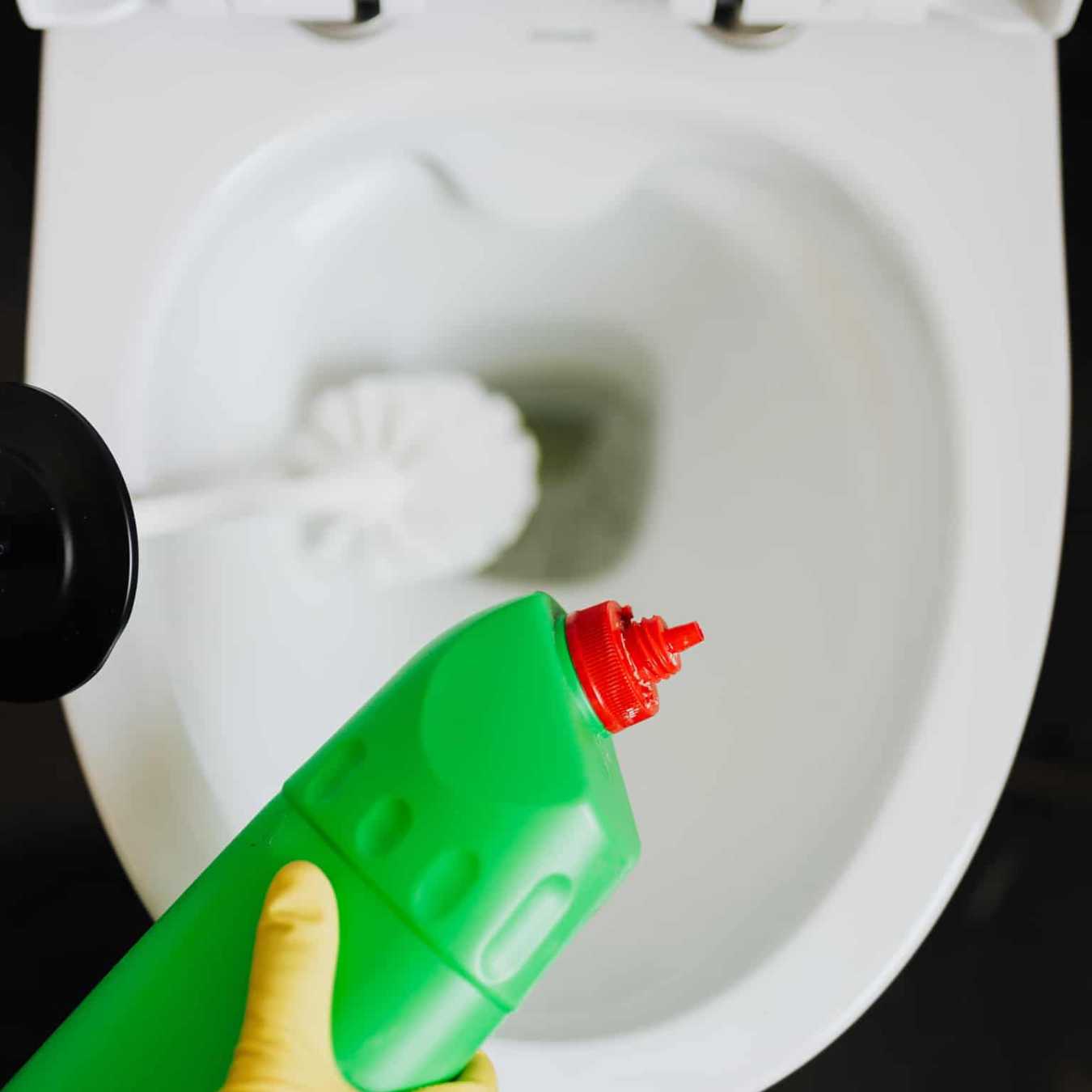
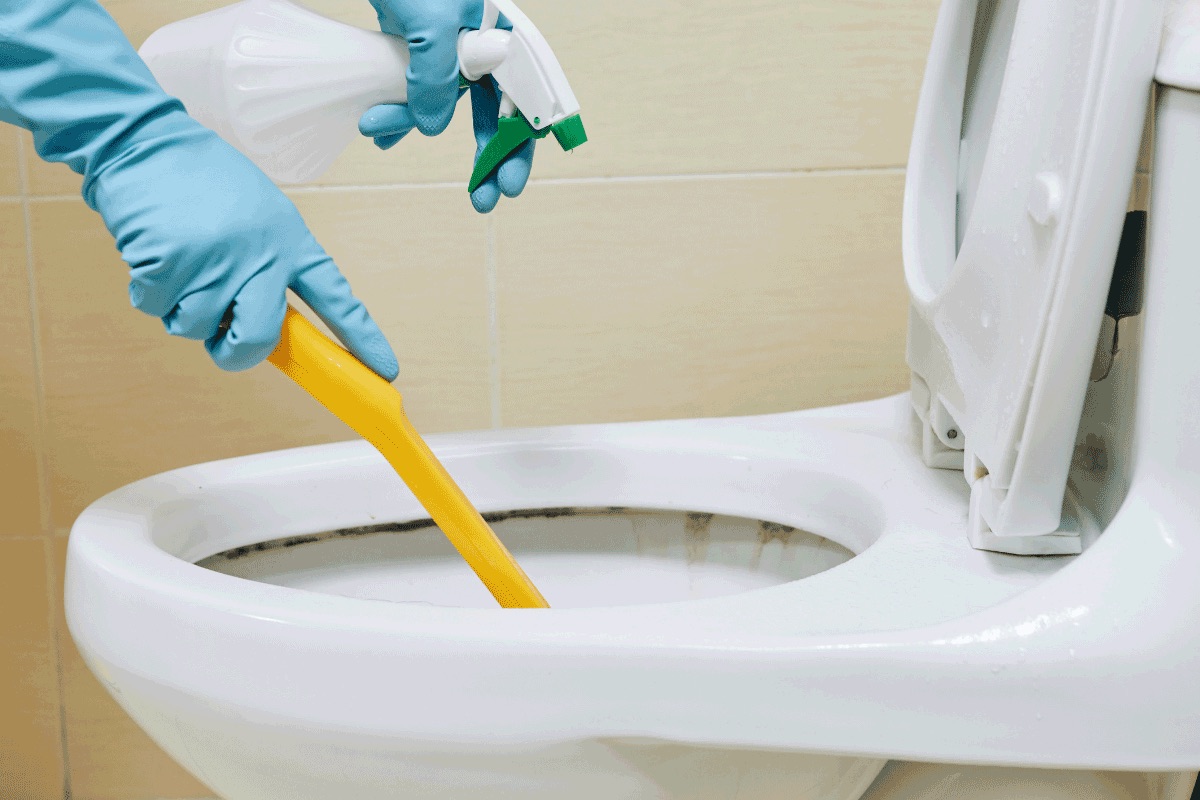
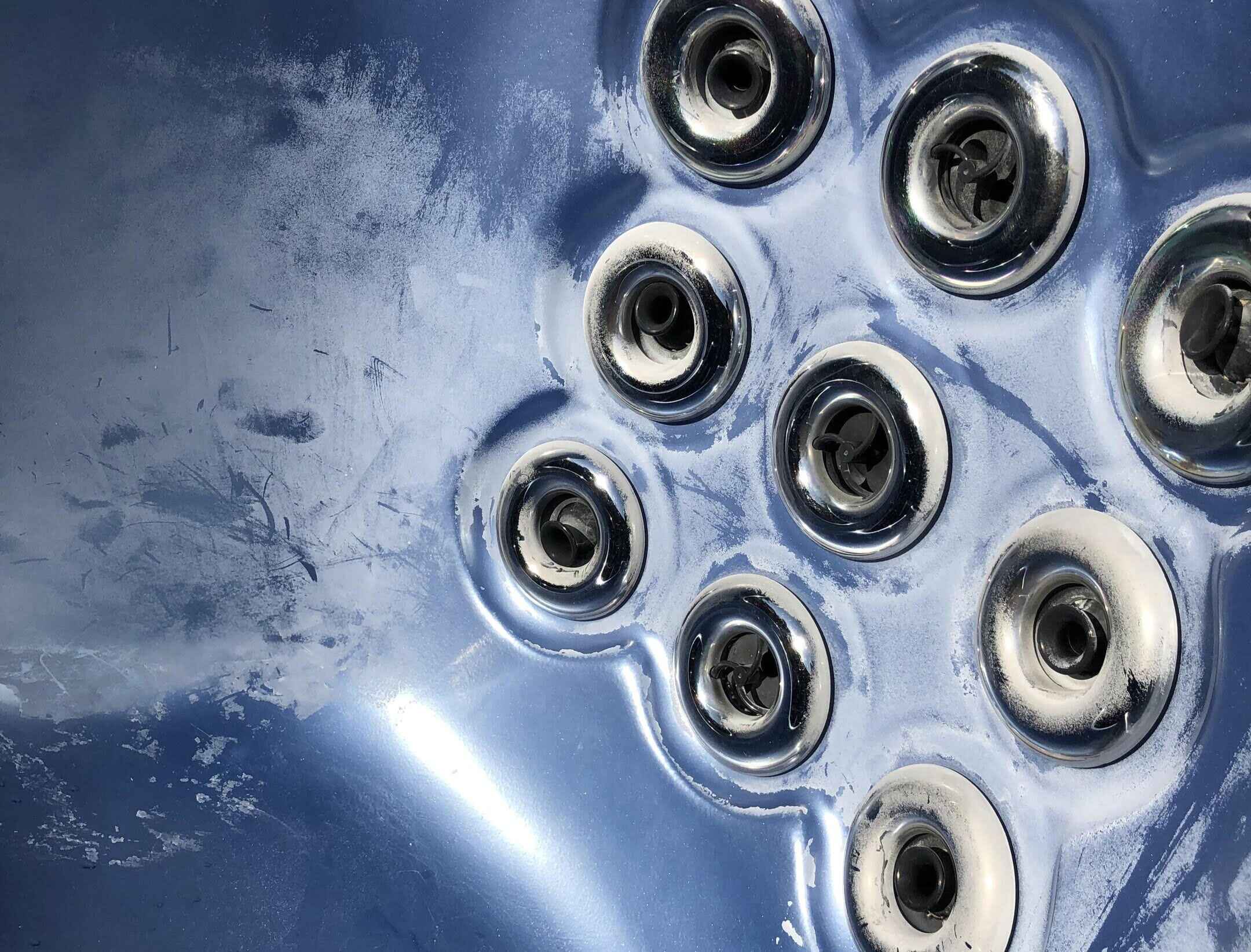
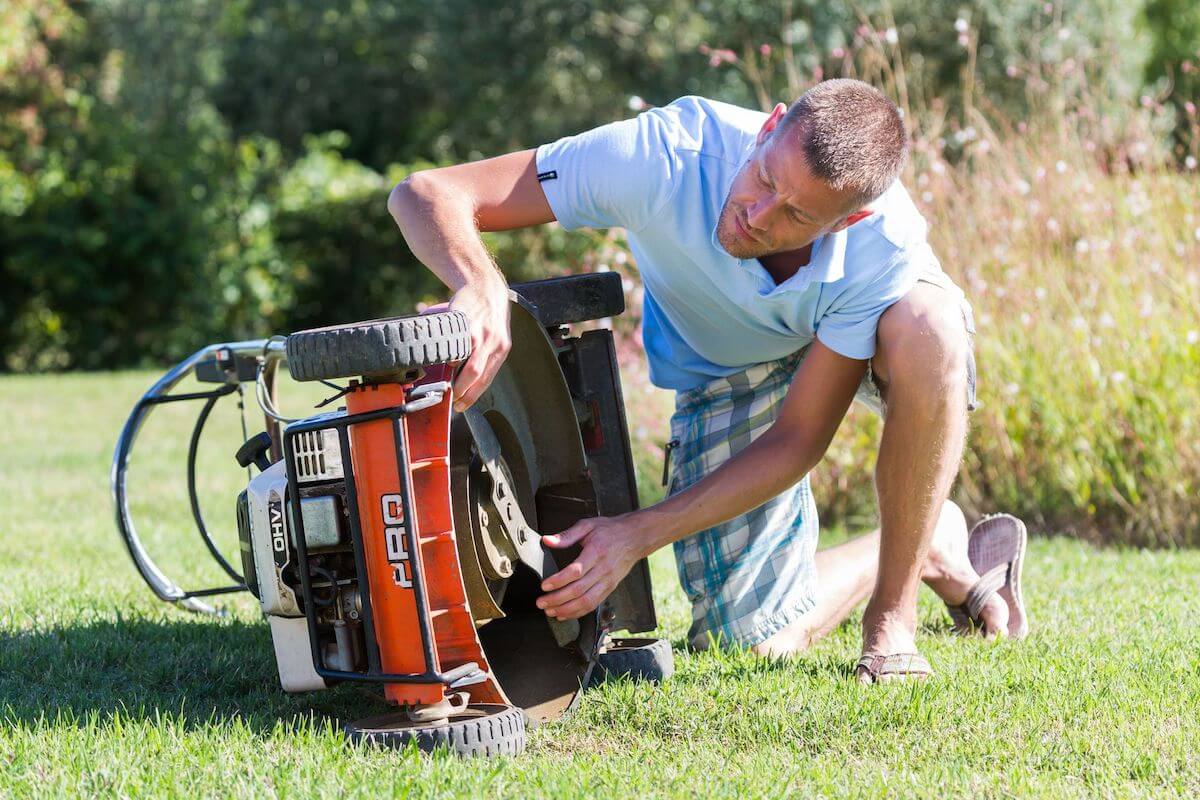
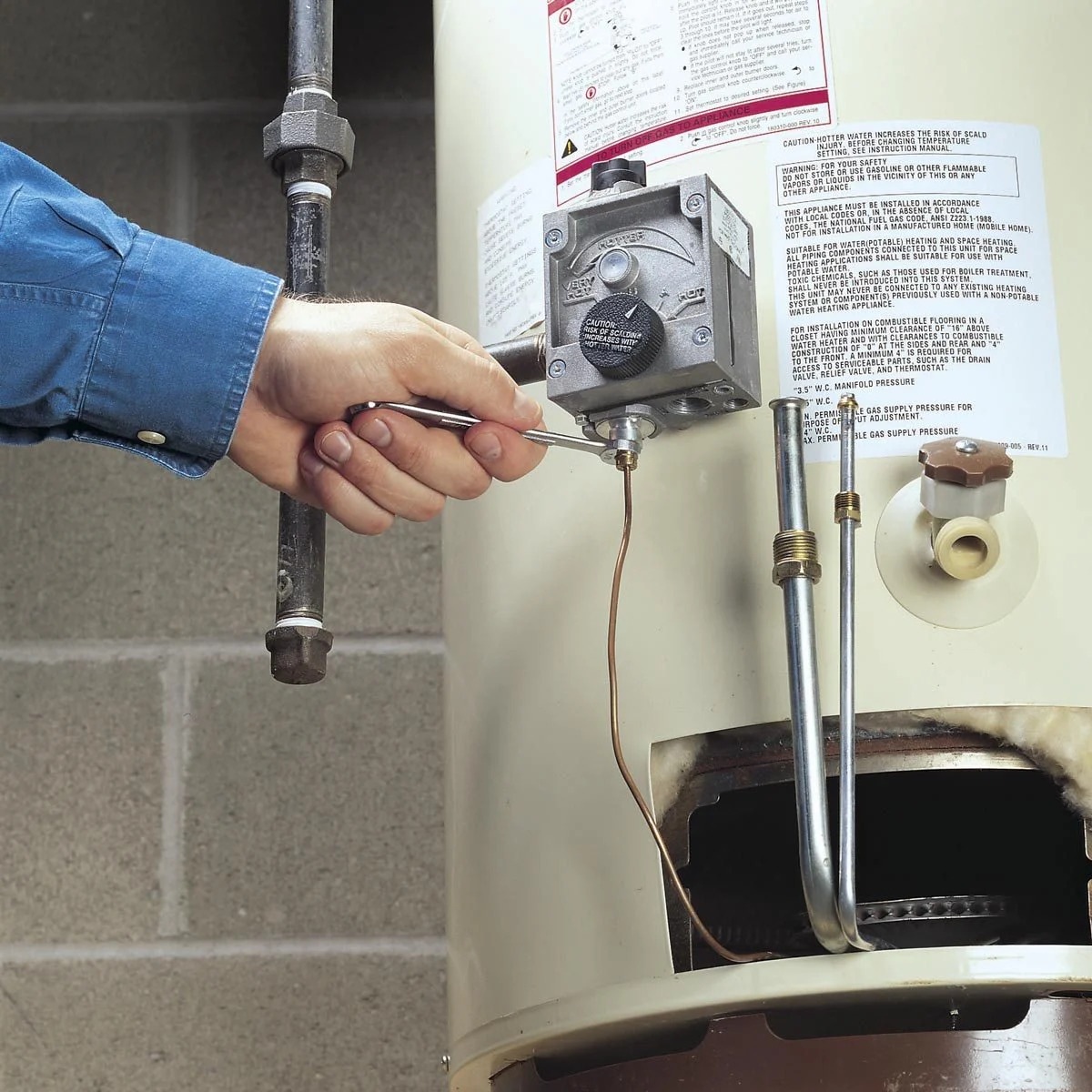
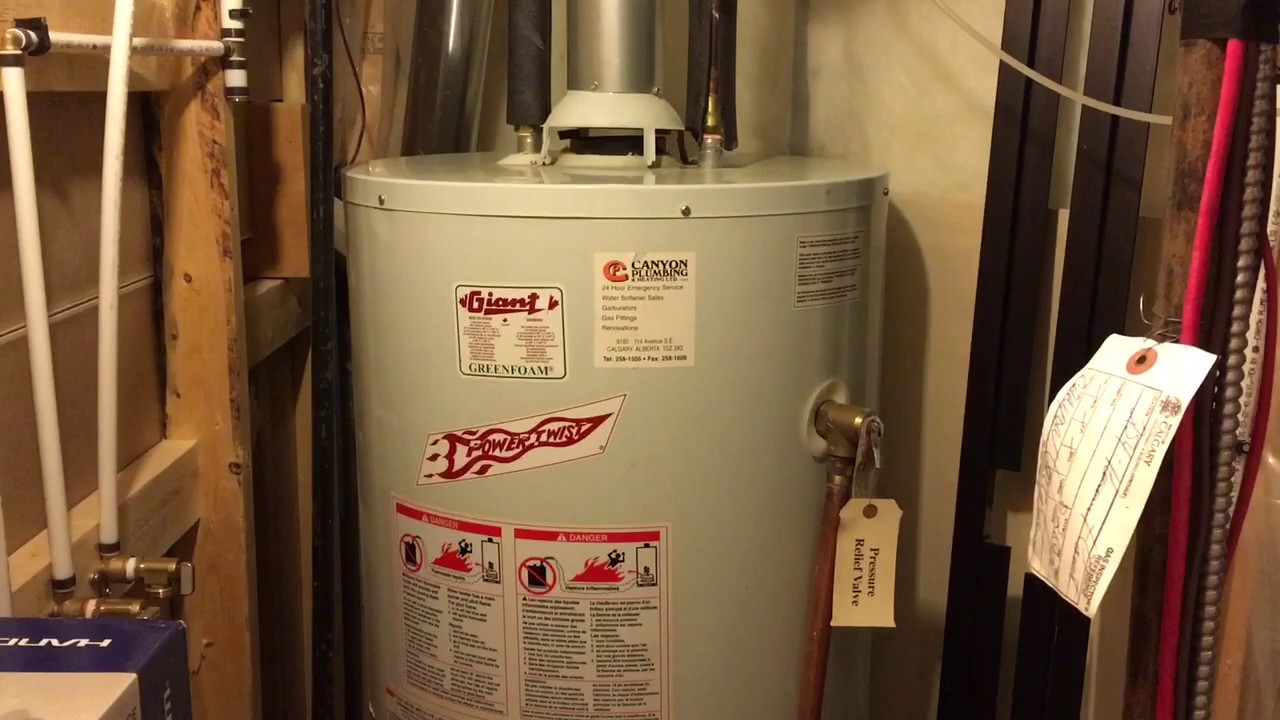
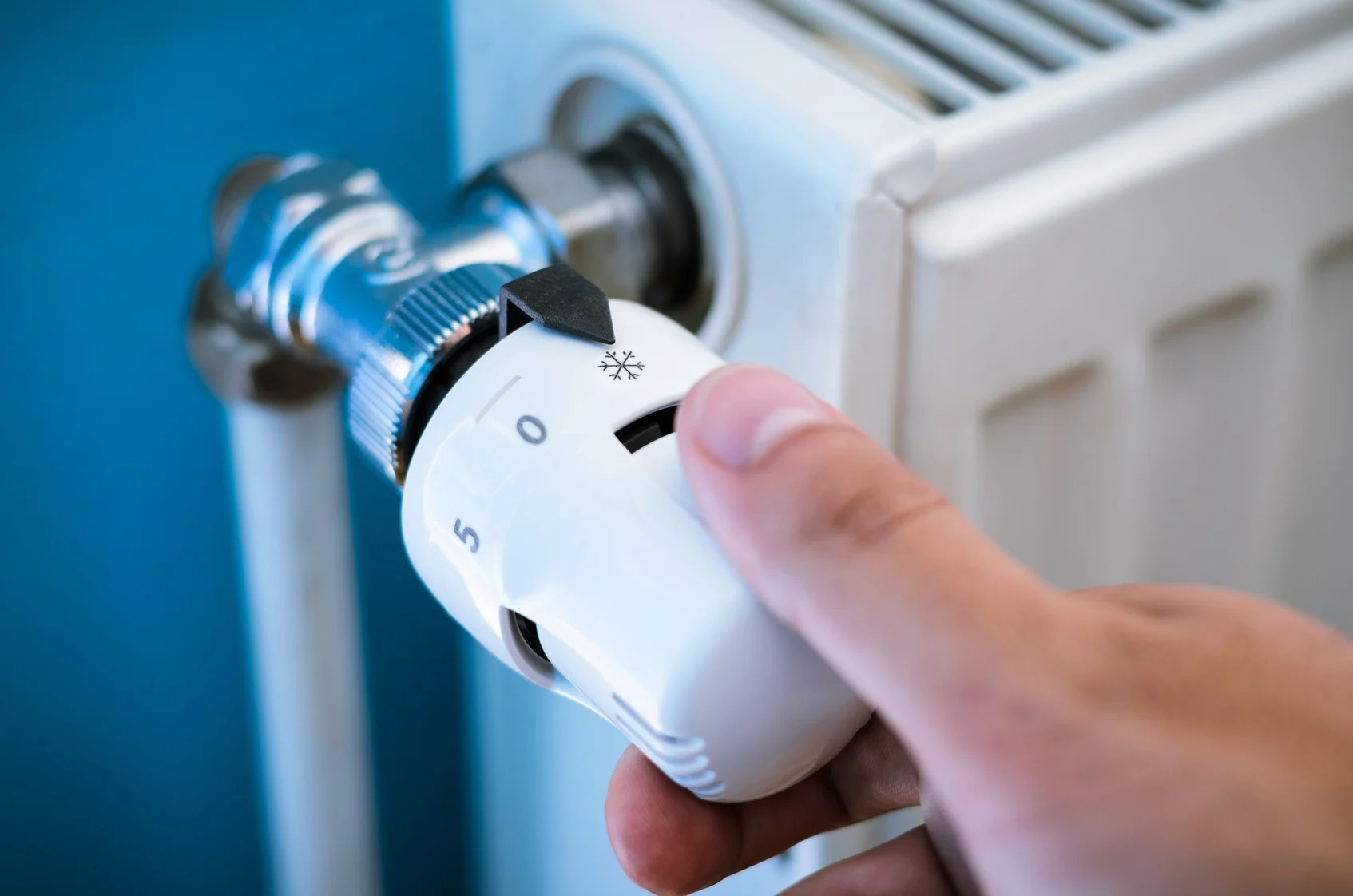

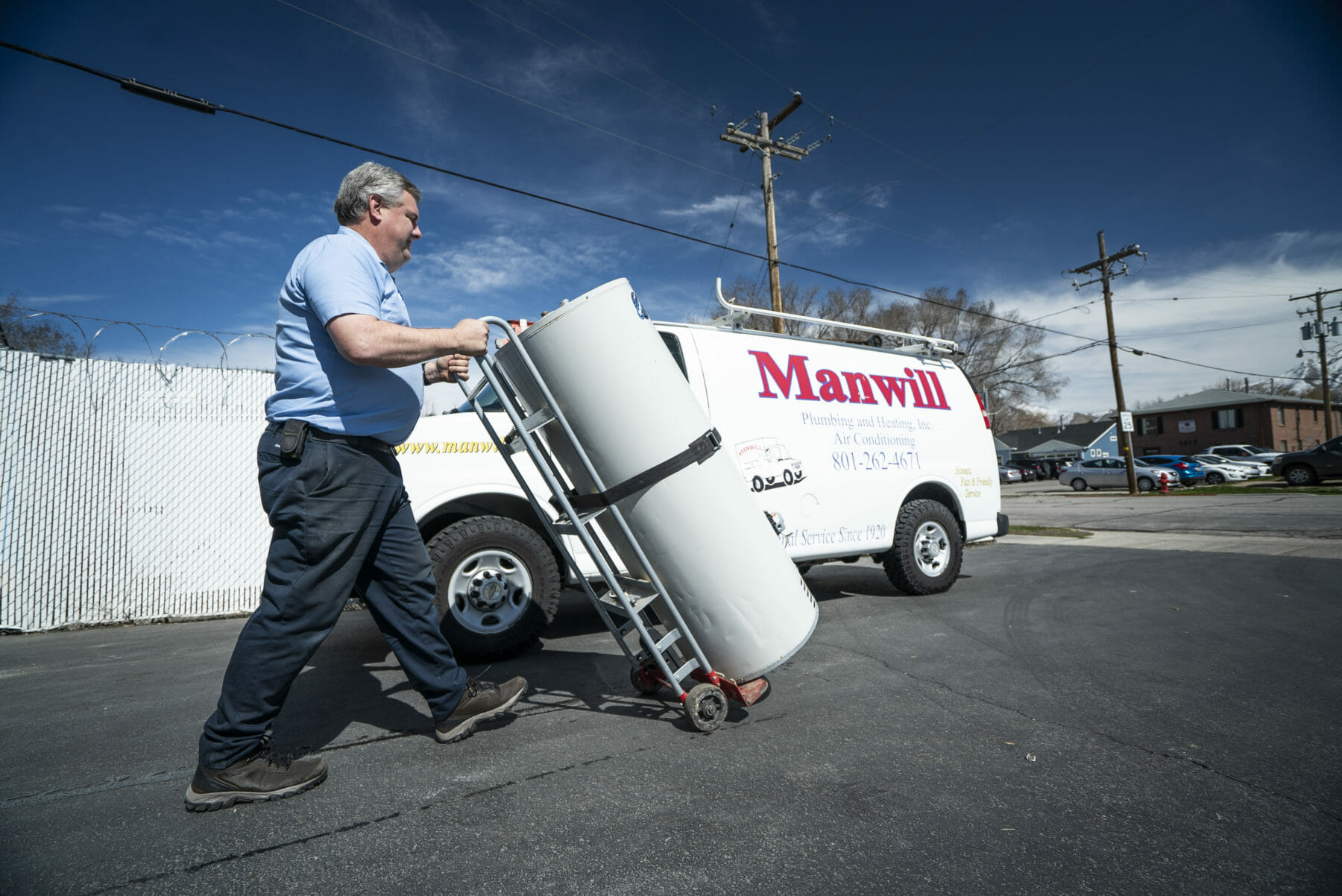
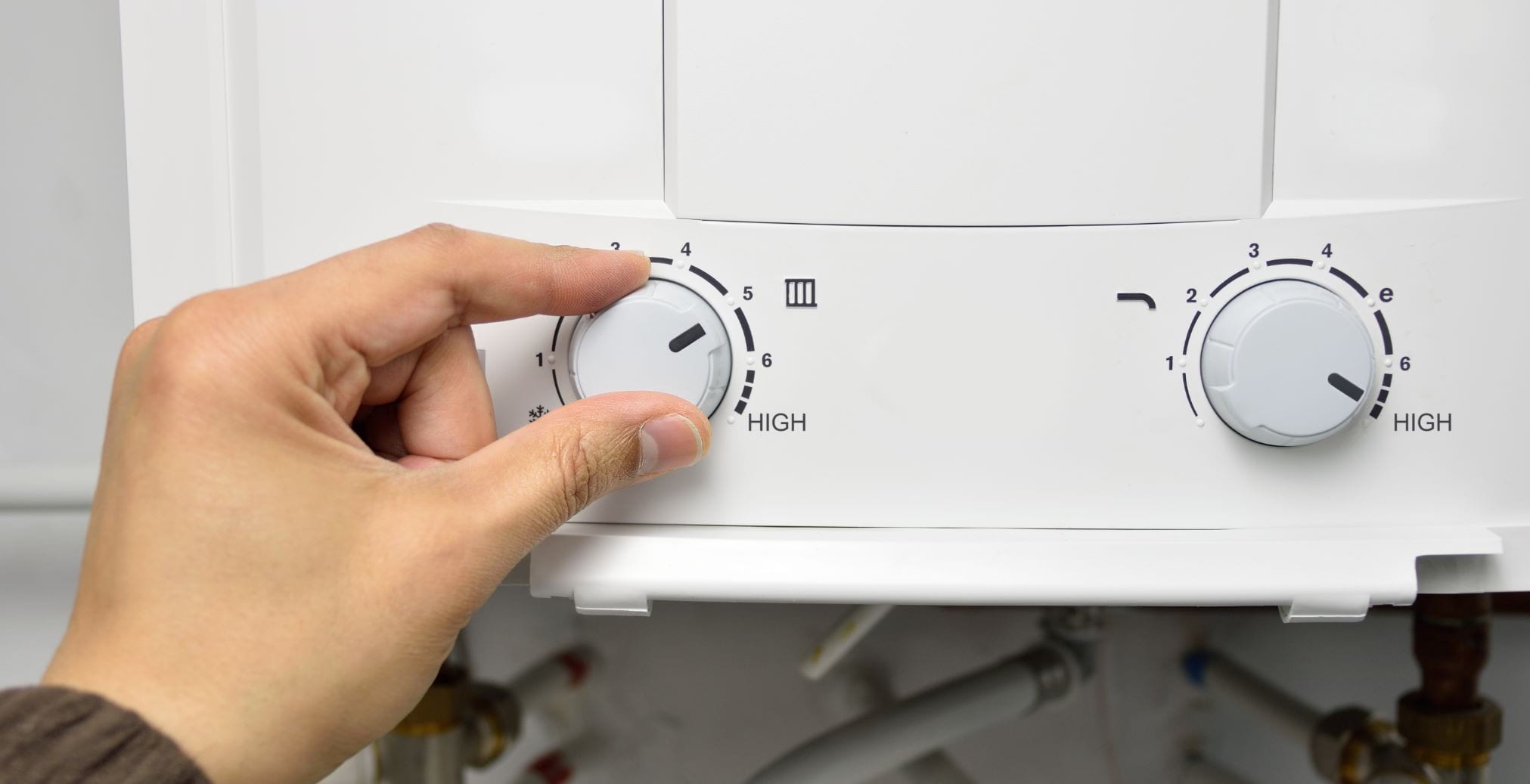
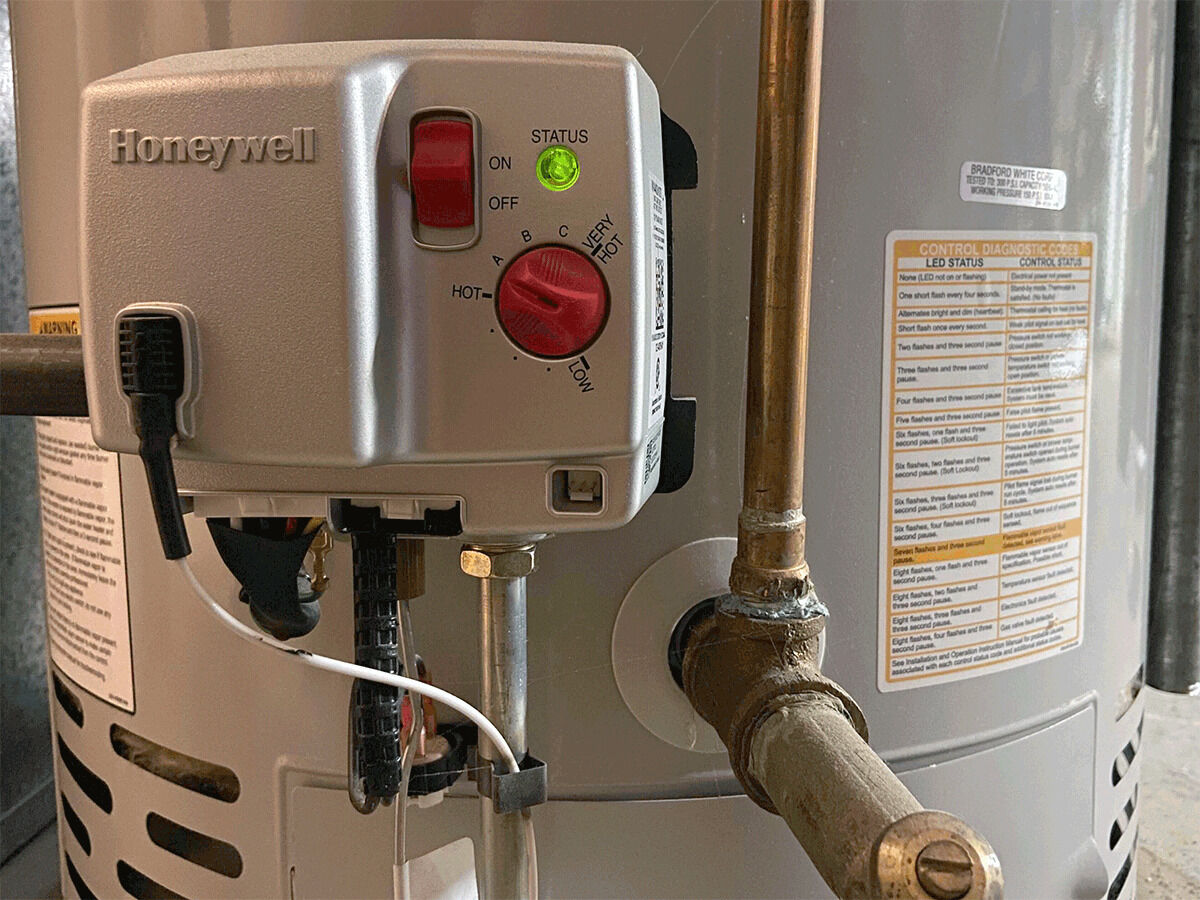
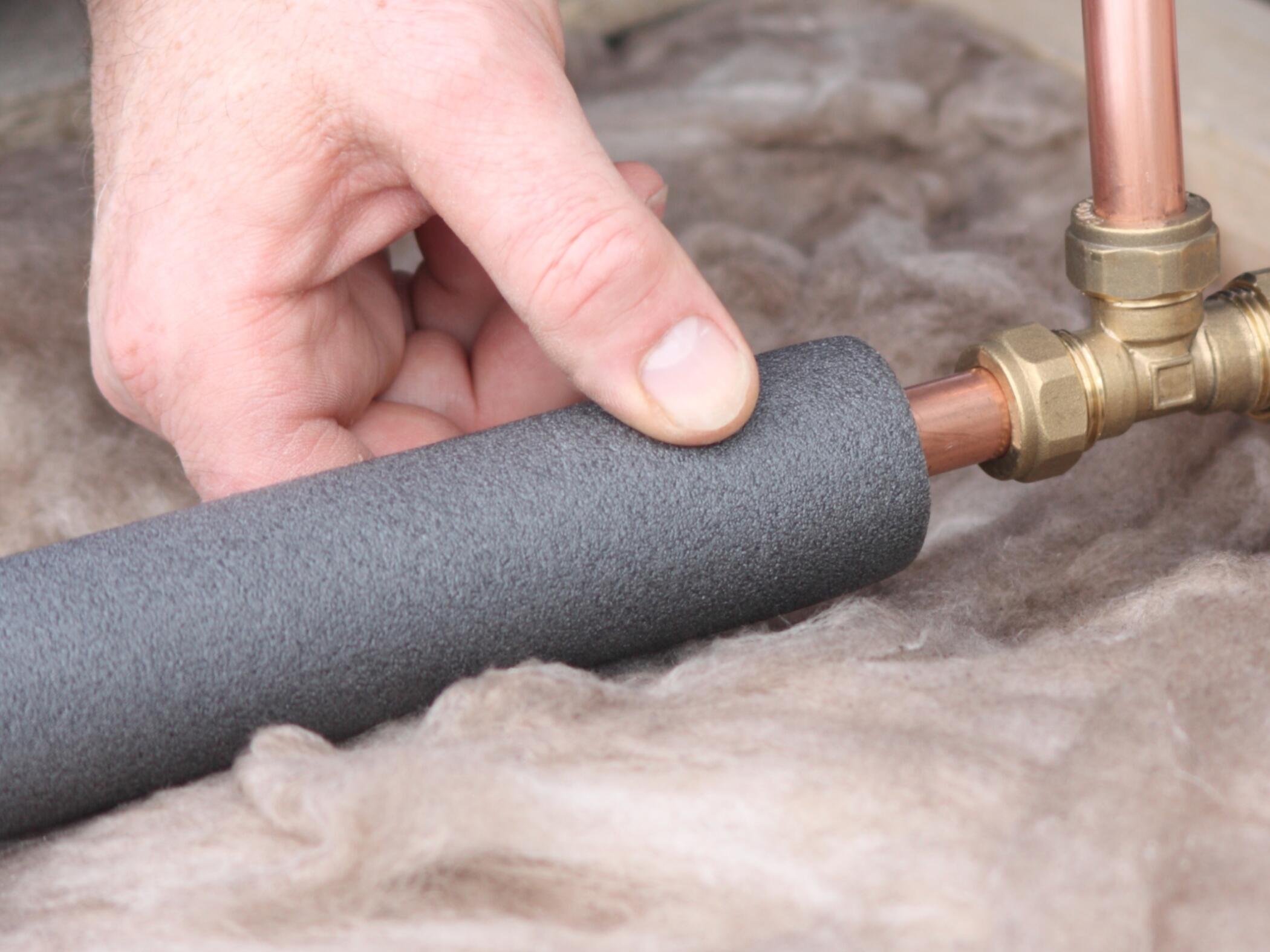
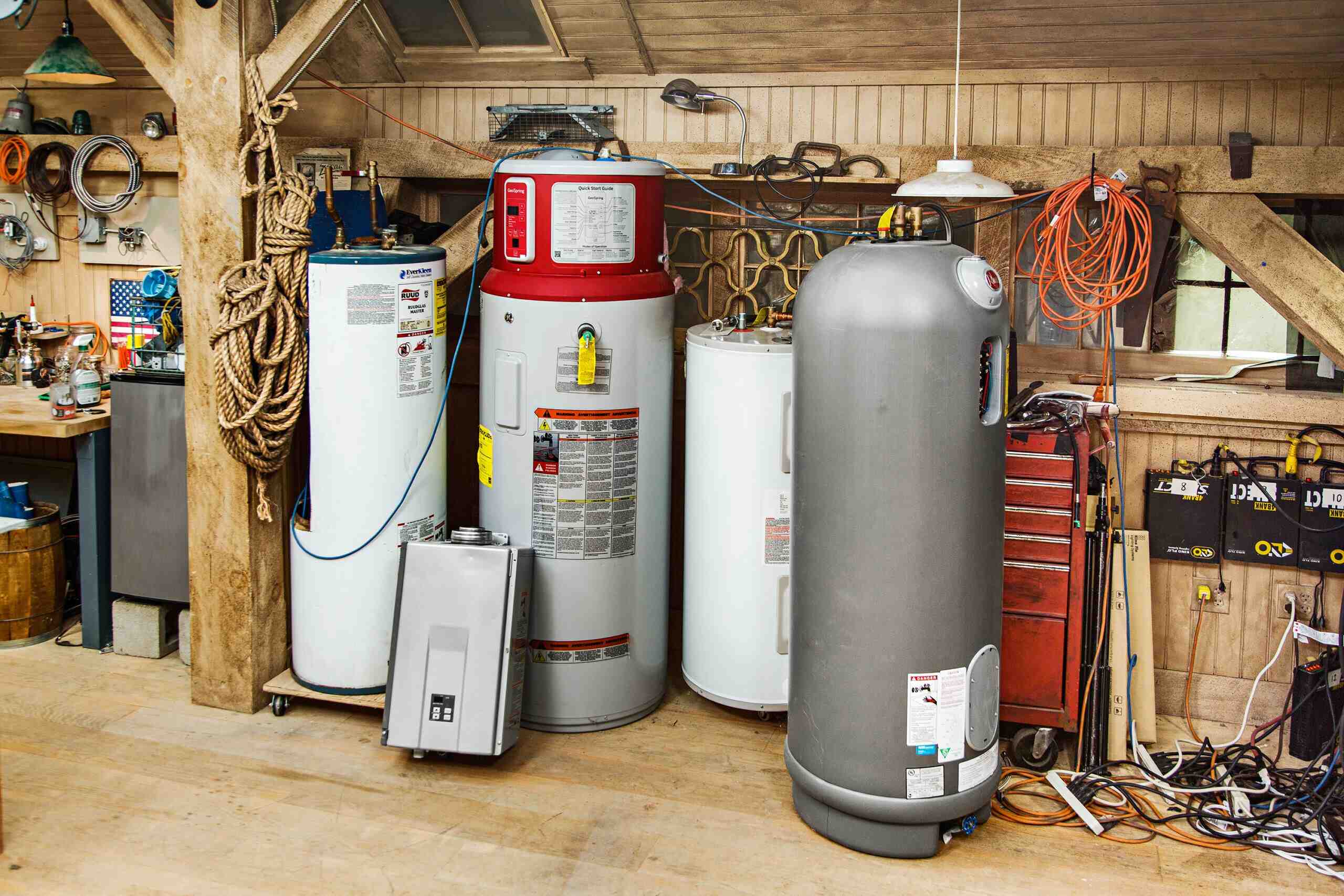

0 thoughts on “How To Prevent Calcium Buildup In Water Heater”